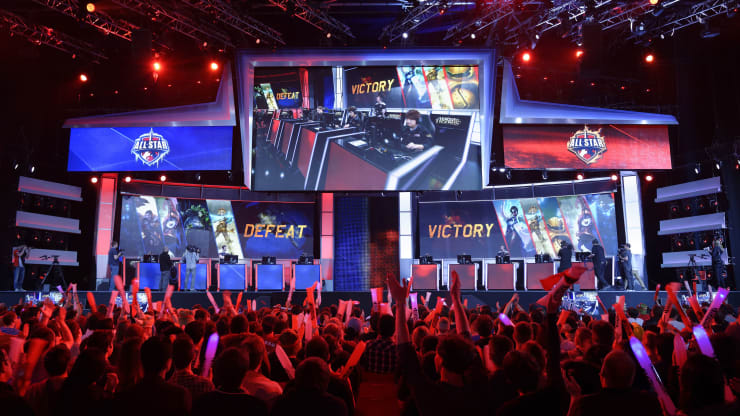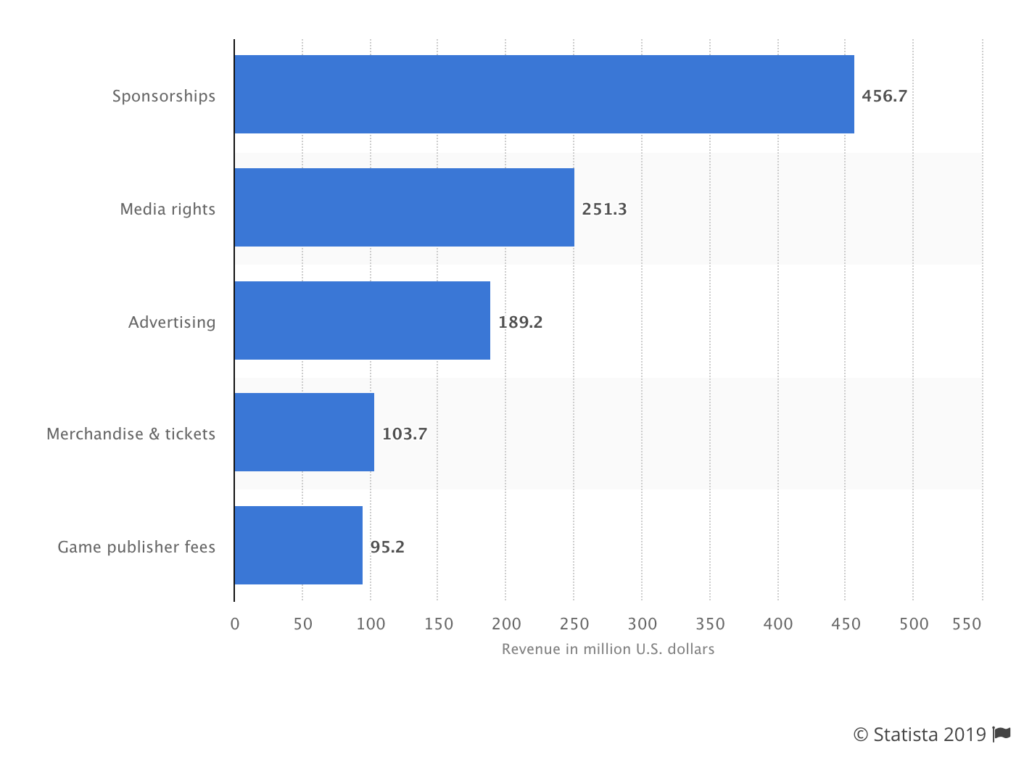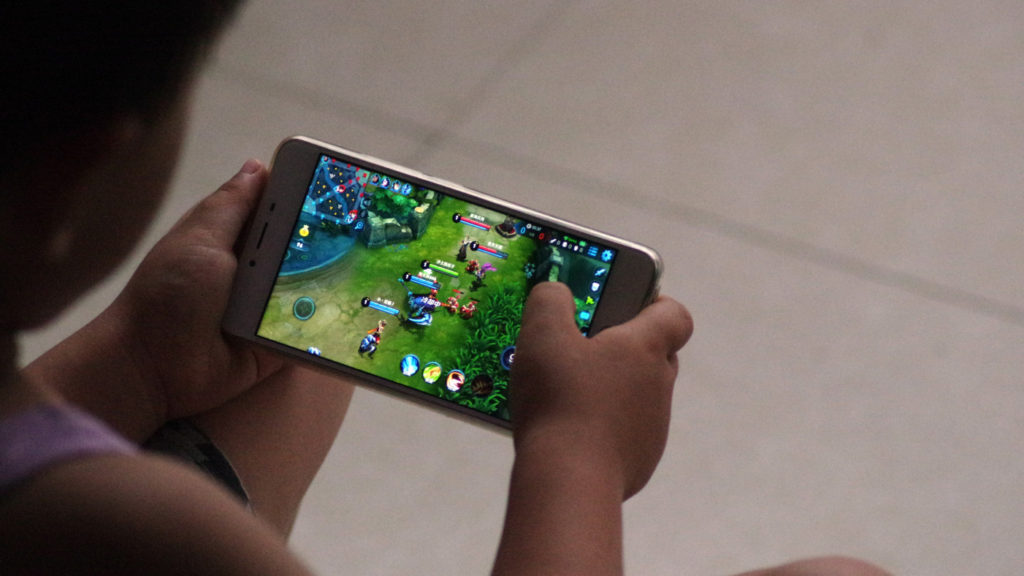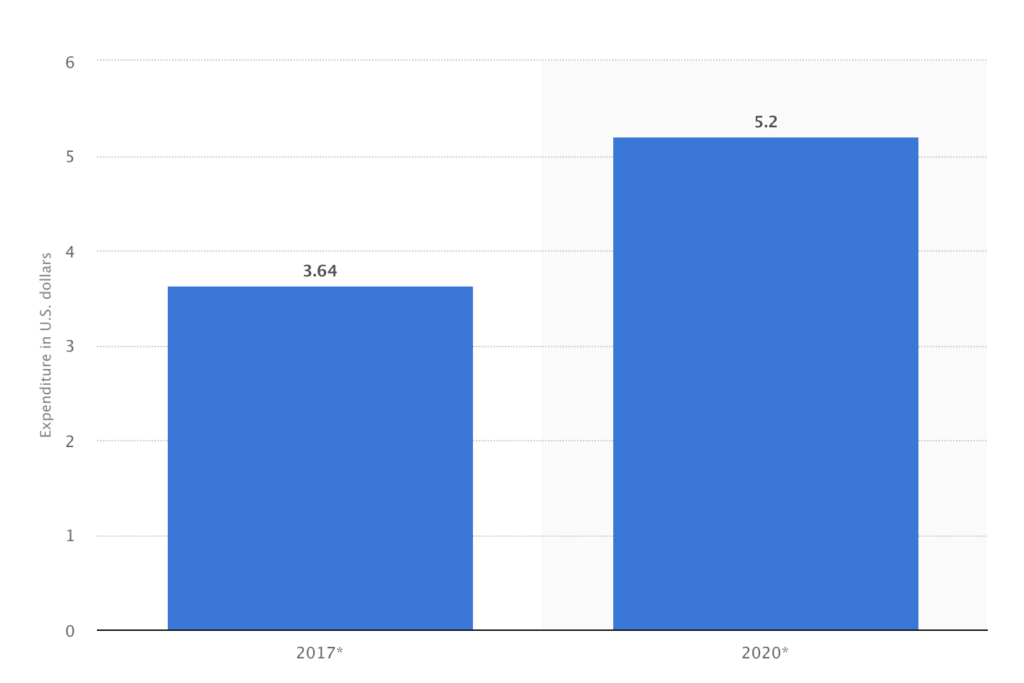Looking around my living room, my heart floods with excitement as I regard my sparkly pumpkins, fall floral arrangements, and witchy decorations. I typically consider myself a conservative spender, but when it comes to All Hallows Eve, my body finds itself possessed by the demon of retail.

https://www.womansday.com/home/decorating/g1902/painted-pumpkins-ideas/?slide=18
And I’m not the only one. When I was young, my family had shallow pockets, yet my mother splurged on Disneyland tickets and expensive costumes every Halloween. My friends’ parents kept boxes upon boxes of Halloween decorations, adding to their collection every season from the likes of Micheals, Home Goods, Target, etc.
Buckets of funds are poured into products with hair-raising price tags, seasonal shops like Costume Castle reaping enormous benefits. Do I spend on multiple new costumes every year? Yes. Do I feel bad? Absolutely not. Why? It’s fueling the economy like B Positive fuels a vampire.
Spooktacular Spending in 2019
According to the National Retail Federation (NRF), Americans collectively are expected to spend about 8.8 billion dollars, simply on the spooky night in question. On average, each human (transparent ghouls excluded) will average $86.27 of Halloween spending, with 172 million people planning to participate in the festivities. In case you were wondering, that’s a haunting amount of consumers trick-or-treating themselves.

The NRF also reported an interesting new trend. Social media has greatly affected consumer spending decisions. More and more people are looking to platforms such as Pinterest, Instagram, and Twitter for their next purchases. As individuals attempt to imitate celebrities, they tend to choose costumes with higher price tags. Gone are the days of homemade outfits that don’t offer impressive social media pictures. This is detrimental to our pockets, but beneficial for the Halloween business, with consumers predicted to spend $3.2 billion on costumes alone.

https://www.harpersbazaararabia.com/people/the-a-list/the-best-celebrity-halloween-costumes
Broader Economic Effects (Ghoulish GDP)

Like I said before, all of this spending is fueling the economy. Businesses like pumpkin patches and candy corporations are thriving, and many seasonal employees have an institution to work for. In 2018, spending records reached an all time high, and this year the robust numbers remain unchanged. This is extremely positive, because Consumer spending is the largest contributor to the nation’s GDP, driving the economy as a whole.
While the holiday season is short-term, Halloween serves as a great little BOOm for the nation’s economy. So have a fangtastic celebration, and don’t feel guilty about all of those spooktacular splurges.

Source:
Jordan, Thomas, et al. “Social Media Influencing near-Record Halloween Spending.” NRF, 25 Sept. 2019, nrf.com/media-center/press-releases/social-media-influencing-near-record-halloween-spending?utm_medium=Homepage%2BHero&utm_source=Website&utm_campaign=Halloween&utm_content=Release%2B9-25-2019.




